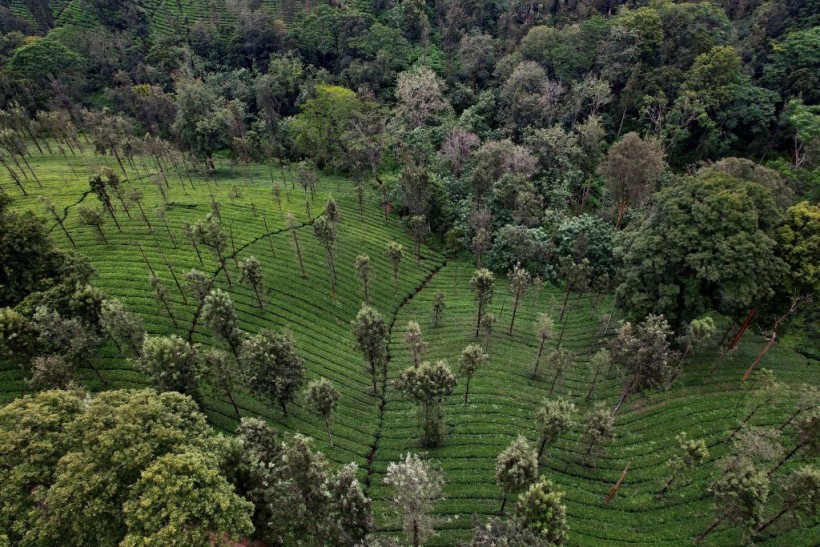Ecosystems are at risk from climate change and global warming, as human-induced greenhouse gas emissions contribute in the heating of the planet.
The imminent change in weather patterns, intensifying storms, and rising sea level has threatened both land and marine ecosystems.
However, a new study revealed the development of a new machine which has a capability to use a mysterious computational formula.
The new algorithm within the machine helps scientists predict how lake ecosystems will adapt or position itself to the ongoing climate crisis.
The breakthrough research is still theoretical as the said technology is still relying on a model based on existing data, making it impossible at this time to completely predict the future concerning the dynamics between natural habitats and climate change.
New Machine Learning

The new paper published in the journal Proceedings of the National Academy of Sciences.
In the study, scientists were able to develop a new hybrid machine learning that is capable of forecasting the responses of lake ecosystems to climate change, as cited by Phys.org.
The new technology is called the empirical dynamic modeling (EDM), which takes the form of a supervised machine learning, allowing computers to learn new patterns and guide scientists on understanding a given data.
The study had its roots from researchers at Boston University in the United States and their international colleagues.
The team spent five years determining a better way to improve forecasting and managing the ecological response of Lake Geneva to phosphorus pollution and climate change.
The research team found that climate change has altered the food web in the last two decades and continues to do so until present time.
The study has significant implications in the fields of ecology and biochemistry.
Also Read: Underwater Ecosystem at a Great Risk Due to Climate Change
Ecosystem and Climate Change
The Center for Climate and Energy Solutions (C2ES) acknowledges that natural ecosystems are one of the most important resources on Earth, responsible for sustaining life and providing humans with medicine in the pharmaceutical industry.
However, the impact of global climate change, growing human population, and habitat destruction threatens these safe havens for a number of animal species.
Air and water pollution also cause the degradation and damage of the said natural habitats, the organization adds.
The C2ES also cited a previous report of the Pew Research Center entitled Ecosystems and Global Climate Change, which explored the impact of the climate crisis in the United States environment.
The assessment highlights the high probability that global warming could damage or destroy a number of terrestrial ecosystems in the country within the 21st century.
In summary, the following findings and climate predictions were provided by the research group:
- Animals and plants are expected to continue following the shifting climate as the heating planet could distribute terrestrial ecosystems
- Unprecedented yet increasing temperatures threatens the US biodiversity, leading to a drastic population decline for some land and marine animals
- Climate change is likely to impact the composition and function of the ecosystem, particularly energy, materials, and the raw goods it provides
Related Article: World's Most Iconic Ecosystems May Collapse Under Climate Change
© 2024 NatureWorldNews.com All rights reserved. Do not reproduce without permission.

![Tsunami Hazard Zones: New US Map Shows Places at Risk of Flooding and Tsunamis Amid Rising Sea Levels [NOAA]](https://1471793142.rsc.cdn77.org/data/thumbs/full/70325/280/157/50/40/tsunami-hazard-zones-new-us-map-shows-places-at-risk-of-flooding-and-tsunamis-amid-rising-sea-levels-noaa.jpg)



